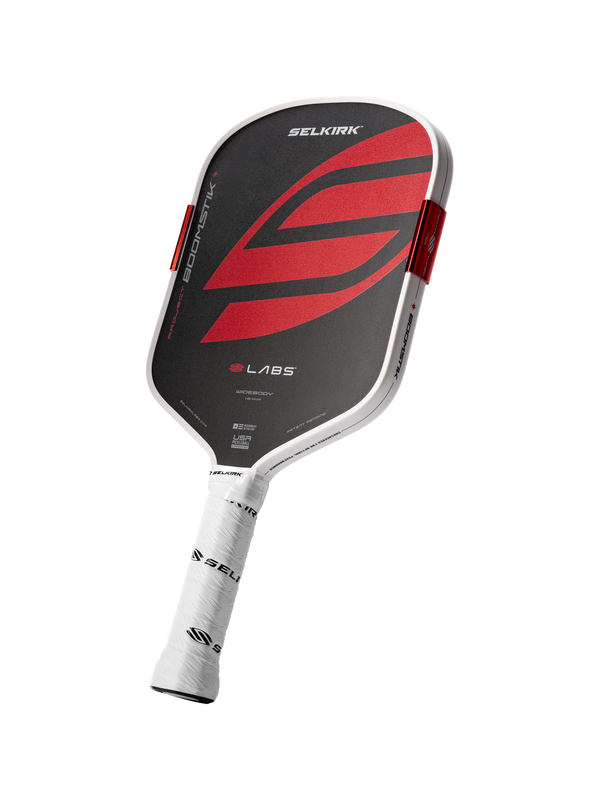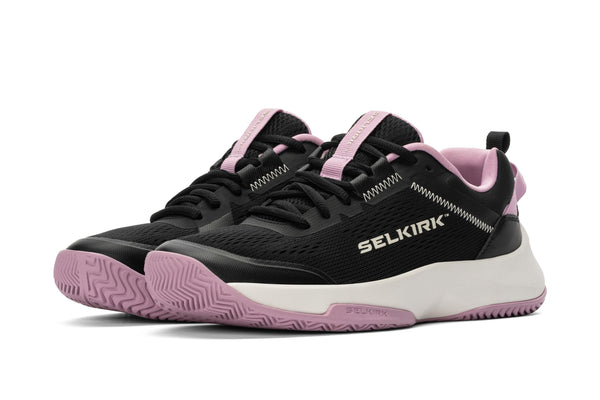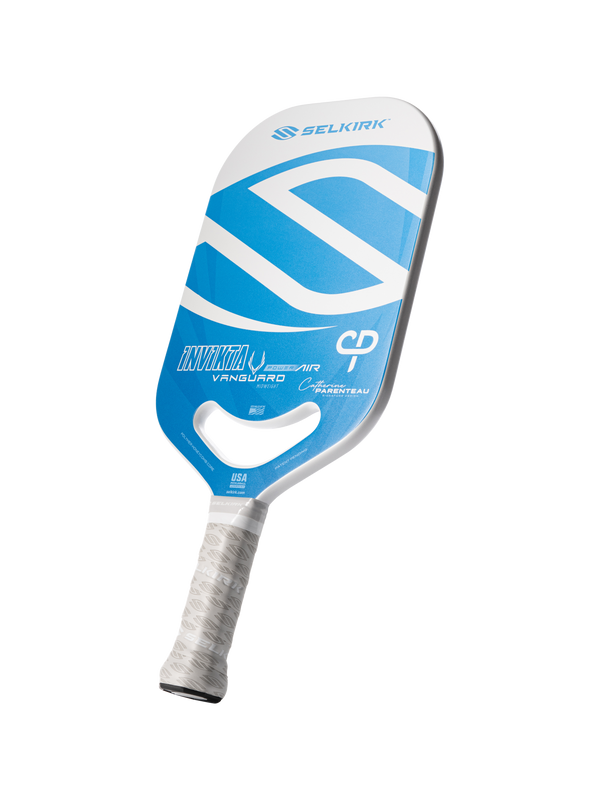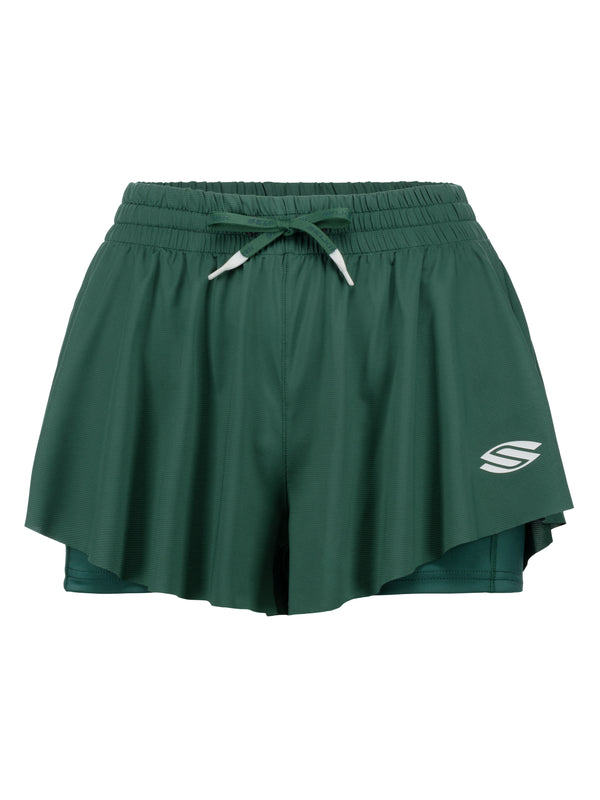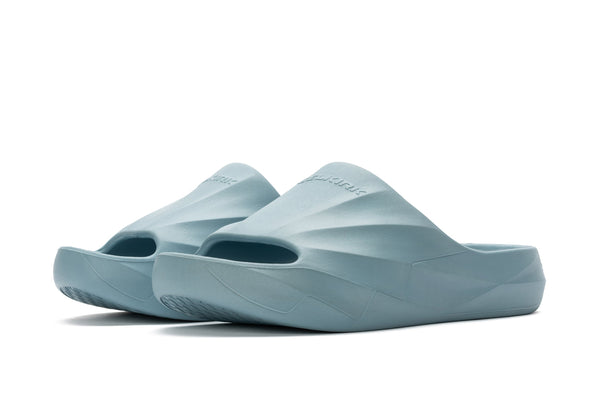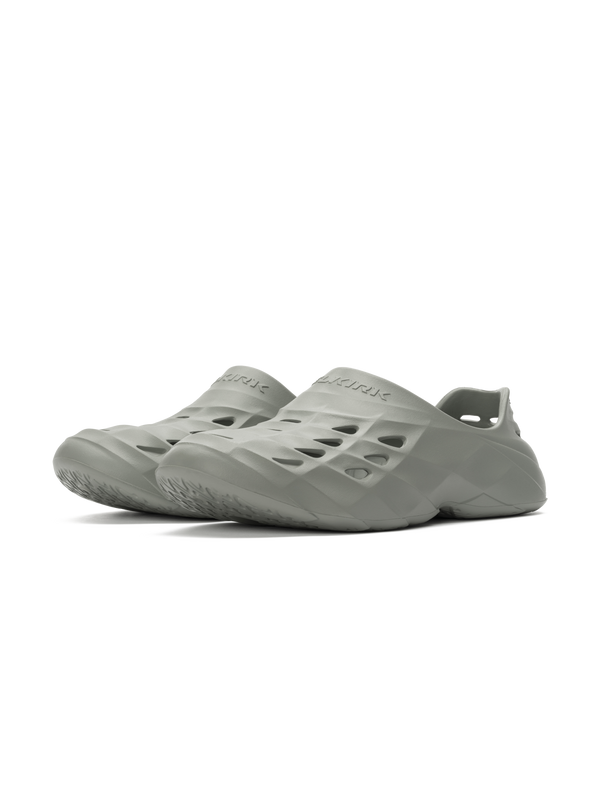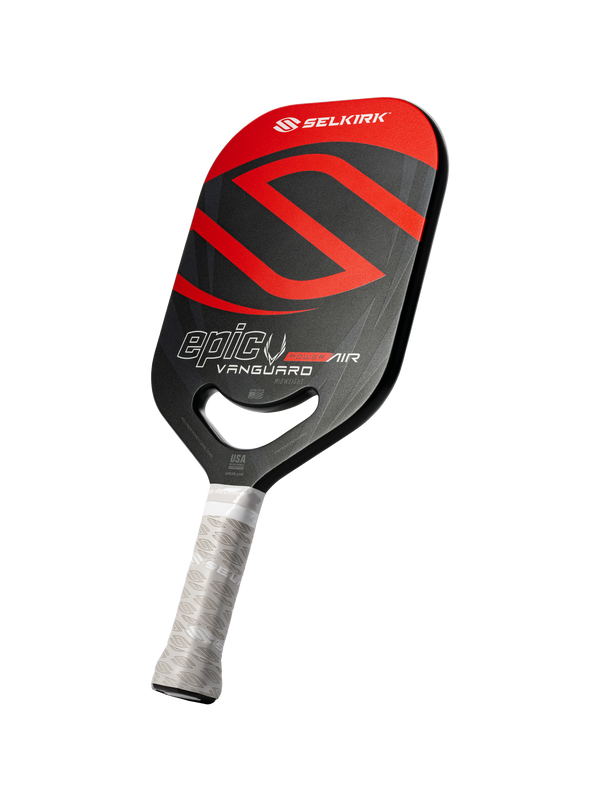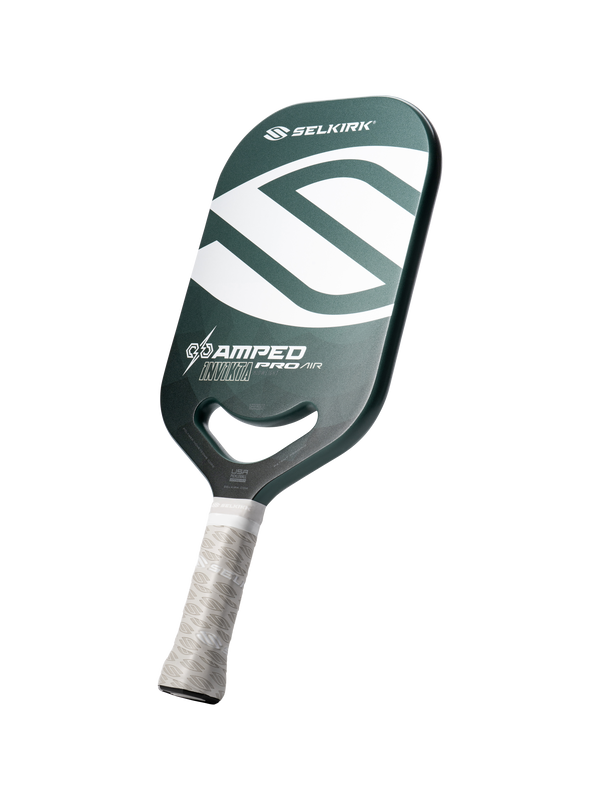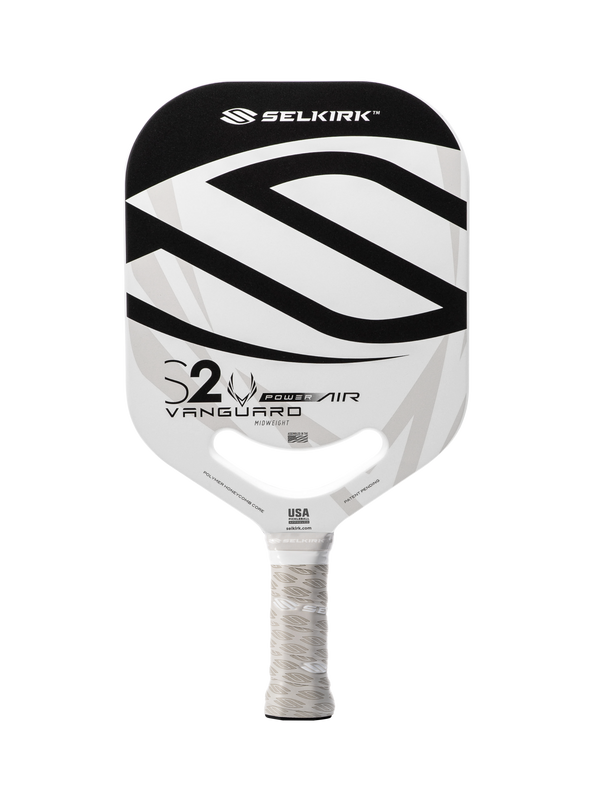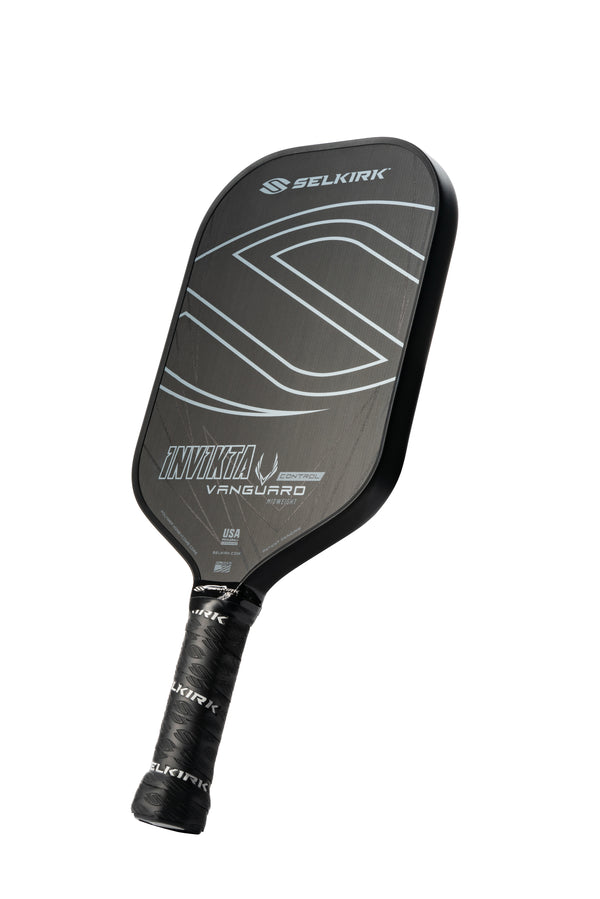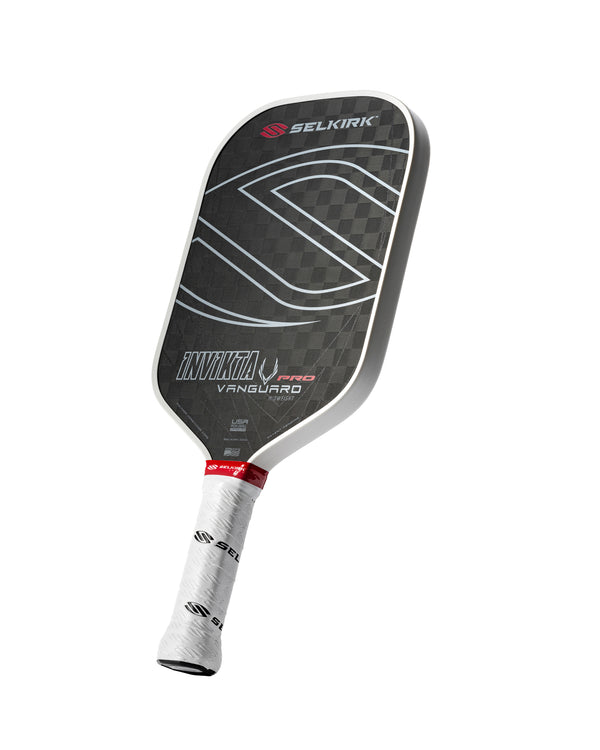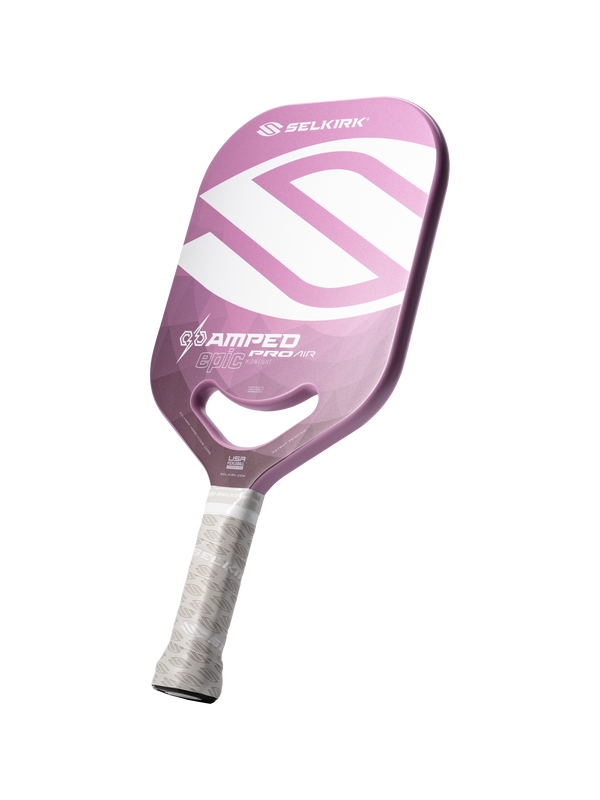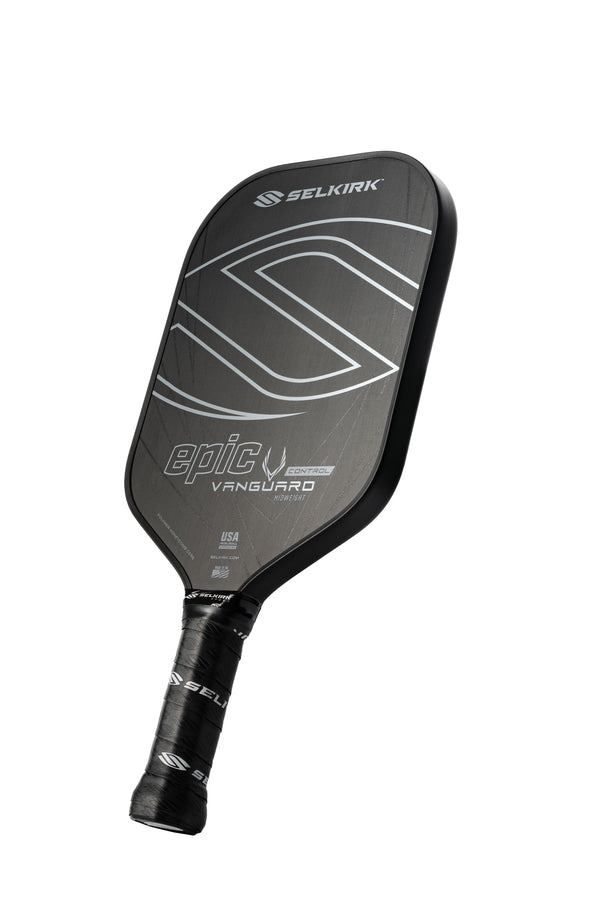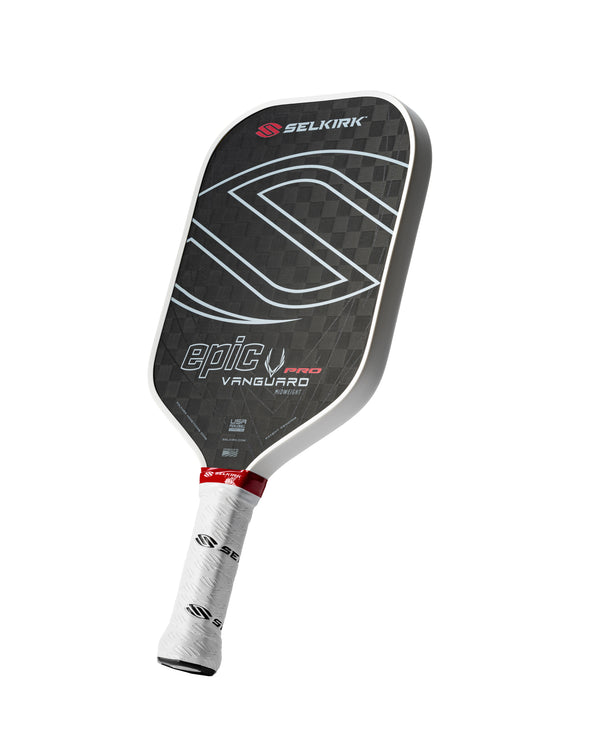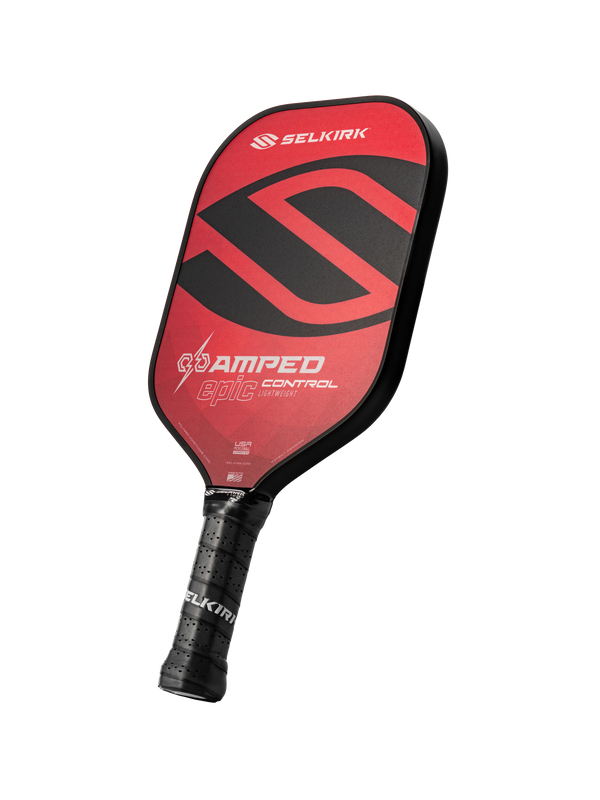Pickleball courts on average are 15-20 degrees Fahrenheit hotter than the air temperature. When the temperature rises the two main concerns are dehydration and sunburn.

During Pickleball, water is lost through sweating and breathing. Playing in high temperatures and humidity can cause fluid losses of up to 2.5 quarts (2.4 liters) per hour. Even mild dehydration with a 1-2% loss of body weight can cause weakness, fatigue, nausea, loss of coordination, dizziness and gastric problems. A 5% loss can result in heat exhaustion, which is characterized by nausea, dizziness and fainting. Severe dehydration, defined as a loss of 9-15% of body weight is a life-threatening medical emergency.
Mild-to-moderate dehydration can usually be treated simply by drinking a sufficient amount. To remain hydrated you must drink before, during and after playing (Shop 64 and 40 oz water bottle). Relying on thirst as an indicator of your body's need for water is a poor method because thirst lags behind actual dehydration. A better method of assessing the level of hydration is to note the color of your urine. If it's dark yellow or amber you are most likely dehydrated. If it's clear or straw colored
you are well hydrated.
Mild to Moderate dehydration has these signs and symptoms:
- Increased thirst
- Sleepiness or tiredness
- Dry mouth
- Decreased urine output
- Muscle weakness and fatigue
- Headache
- Dizziness or lightheadedness
Severe dehydration, a medical emergency, is characterized by:
- Extreme thirst
- Irritability and confusion
- Very dry mouth, skin and mucous membranes
- Lack of sweating
- Little or no urination (urine produced is dark)
- Dry, inelastic, shriveled skin
- Low blood pressure
- Increased heart rate
- Fever
- Delirium or unconsciousness
The average adult loses about 2.5 liters of water each day through sweating, breathing and waste elimination. Along with the fluid, minerals, salts and electrolytes are lost. These are important for maintaining fluid balance in the body.
People at Risk For Dehydration:
Athletes are in a high-risk category for dehydration, particularly when training in hot and humid conditions or at high altitudes. Dehydration can actually be worse in desert or arid climates where the humidity is extremely low and dehydration occurs more rapidly. The maximum amount of fluid the body can absorb during exercise is about 30 ounces (890 ml) per hour.
Fluid Replacement While Playing Pickleball
The three major physiological problems faced during physical exertion are the loss of water and electrolytes, elevation of body temperature, and depletion of energy reserves. In the 1960s Gatorade was introduced as the first beverage designed to rehydrate the body quickly while improving performance. All sports drinks accomplish this same goal with a well-balanced mixture of water, sugar (carbohydrate) and salts (electrolytes).
Sports drinks have four primary mechanisms that attempt to keep us functioning normally even during extreme physical exertion:
1. They promote fluid absorption. According to Gatorade research, 6% is the ideal
concentration of carbohydrate to achieve maximum fluid absorption (aided by the
addition of sodium to the mixture).
2. They promote rehydration. A properly formulated mixture of carbohydrate and
electrolytes promotes rehydration. The addition of sodium helps maintain body fluids. Along with an enjoyable taste, sodium encourages greater consumption.
3. They supply carbohydrate energy. The addition of sugar to a sports drink provides energy to working muscles. This allows athletes to exercise harder and longer before depleting glycogen reserves.
4. They encourage drinking. Sports drinks with salts and sugars make you want to drink sooner and more often. Many people have questioned the billions of dollars spent each year on sports drinks (and their advertising). What does science say about claims by sports drink manufacturers that their products increase athletic performance?
According to researcher Louis M. Burke of the Australian Institute of sport in Victoria:
During endurance and ultra-endurance exercise, suitable intake of a sports drink to preserve hydration and to supply additional carbohydrate substrate for glycogen-depleted muscles has been shown to improve performance. Additionally, the sports drink may provide a special advantage in recovery and rehydration after prolonged exercise, particularly where more rapid fluid restoration of body fluids and fuel levels will enhance performance in future exercise bouts.
Clothing To Stay Cool Playing Pickleball

The proper choice of clothing can greatly increase cooling efficiency and comfort during hot-weather playing. Light-colored clothing reflects sun rays better than darker clothing. Wearing lighter colored shorts and tops is cooler and loose, thin, lightweight clothing facilitates air circulation and aids the evaporation process. Wearing a hat helps to cool the head and also helps protect against sunburn (Shop All Selkirk Hats/Visors). Always wear good quality sunglasses with UV protection.
Sunburn Risk Playing Pickleball
Sunburn is the skin's reaction to the ultraviolet radiation in sunlight. Sunburn can occur in less than 15 minutes in intense sunlight for light-skinned individuals. Mild sunburn can be treated at home with over-the-counter remedies; however, severe sunburn with blistering needs immediate medical attention.
Seek medical help if you experience the following symptoms:
- Severe sunburn with blistering and pain
- Sunburn covering large areas
- Severe headache
- Nausea and vomiting
- Fever
- Dizziness, disorientation or altered states of consciousness
There is no cure for sunburn except time. Treatment only helps to decrease the symptoms. Here are some ways to cope with sunburn:
- Drink plenty of fluids because burns add to dehydration
- Bathe the area in cool water and avoid soap as it may irritate the skin
- Use commercial sunburn-treatment products that spray on rather than creams or lotions you rub on
- Use calamine lotion, Benadryl or topical steroid sprays to relieve itching
- Don’t pop blisters, which protect the underlying skin
- For pain take OTC pain relievers as needed
- Stay out of the sun until the skin has healed
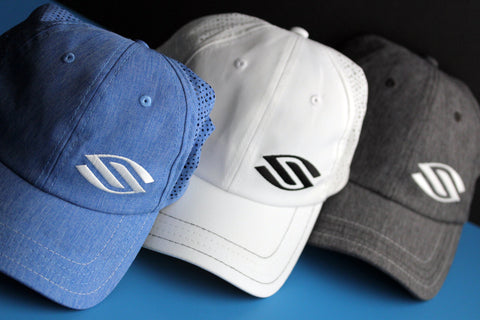
Preventing sunburn is much easier than dealing with the damage. To protect the skin from the sun's harmful rays, cover up with clothing, use SPF 30+ sunscreen, and avoid playing between 10 a.m. and 2 p.m. The risk of sunburn increases at high elevation where the UV radiation is more intense.
Selkirk carries more than 30 hats including SPF50 and SPF30 hats & visors.
Of course, there's a more serious complication associated with sunlight and UV exposure: skin cancer, an abnormal growth of skin cells. There are 3 main types of skin cancer: Basal cell carcinoma, squamous cell carcinoma and melanoma. While it is less common than basal cell carcinoma (BCC) and squamous cell carcinoma (SCC), melanoma is more dangerous because of its ability to spread to other organs more rapidly if it is not treated at an early stage.
About the author:
Dr. Alan Bragman is a chiropractor living in Atlanta, Georgia. He is an IPTPA level 2 certified coach. He was on the medical advisory board at Bicycling Magazine for 15 years and has written for numerous other sports publications including USA Pickleball Magazine, Speedskating Times, Atlanta Sports and fitness and Road Bike rider.
Disclaimer: The medical advice, views, and opinions expressed herein are those of the authors and contributors, and do not necessarily reflect those of Selkirk Sport or its affiliates. Selkirk Sport does not endorse, warrant, and/or assume any legal liability or responsibility for the accuracy, completeness, or usefulness of any information, apparatus, product, or process discussed. Specific medical advice should be discussed and reviewed with a qualified physician.


